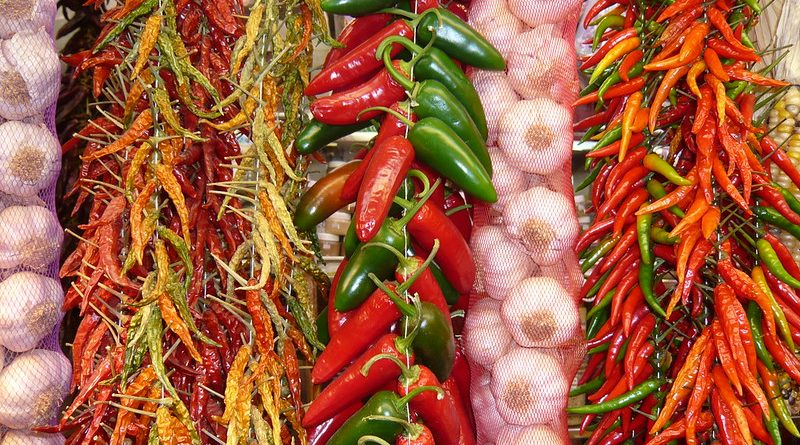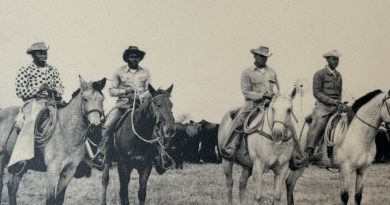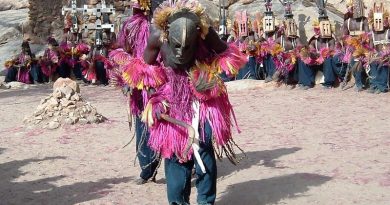The Origins of Thanksgiving
Thanksgiving is a national holiday celebrated on various dates in various countries but primarily in the United States. It’s roots are as a religious observance giving thanks and sacrifice for the blessing of the harvest and of the preceding year.
Although Thanksgiving has historical roots in religious and cultural traditions, in the US it specifically associated with the arrival of English puritans in America in the 17th century. It has long been celebrated as a secular holiday as well.
Prayers of thanks and special thanksgiving ceremonies are common among almost all religions after harvests and at other times.The Thanksgiving holiday’s history in North America is rooted in English traditions dating from the Protestant Reformation.
During the reign of Henry VIII, holidays called Days of Fasting and Days of Thanksgiving were introduced as a response to major events. They were also a retaliation to the large number of religious holidays on the Catholic calendar. Before 1536 there were 95 Church holidays, plus 52 Sundays, when people were required to attend church and forego work and sometimes pay for expensive celebrations. The reforms of the notorious English Reformation – the separation of the Church of England from the Catholic Church – reduced the number of Church holidays to 27, including Christmas and Easter.
Days of Fasting were called on account of drought in 1611, floods in 1613, and plagues in 1604 and 1622. Days of Thanksgiving were called following the victory over the Spanish Armada in 1588 and in 1606 following the failure of the Gunpowder plot in 1605 This developed into Guy Fawkes Day.
Arrival in America
Pilgrims and Puritans who emigrated from England in the 1620s and 1630s carried the tradition of Days of Fasting and Days of Thanksgiving with them to New England. In fact, the modern Thanksgiving holiday tradition is traced to an event in Virginia in 1619 and a 1621 celebration at Plymouth, Massachusetts.
The 1619 arrival of 38 English settlers in Virginia concluded with a religious celebration as dictated by the group’s charter which specifically required “that the day of our ships arrival at the place assigned […] in the land of Virginia shall be yearly and perpetually kept holy as a day of thanksgiving to Almighty God”
Read: Great Explorers: The Americas
The 1621 Plymouth feast and thanksgiving was prompted by a good harvest, which the Pilgrims celebrated with Native Americans, who helped them get through the previous winter by giving them food in that time of scarcity.
The majority of the dishes in the traditional American version of Thanksgiving Dinnerare made from foods native to the New World such as wild Turkey, pumpkin and squash. According to traditional narratives, the Pilgrims received some of these foods, or learned how to grow them, from the Native Americans.
Thanksgiving proclamations were made mostly by church leaders in New England up until after the American Revolution. As President of the United States, George Washington proclaimed the first nationwide thanksgiving celebration in America marking November 26, 1789, “as a day of public thanksgiving and prayer, to be observed by acknowledging with grateful hearts the many and signal favours of Almighty God”.
The final Thursday in November had become the customary date in most U.S. states by the beginning of the 19th century, coinciding with, and eventually superseding the holiday of Evacuation Day (commemorating the day the British exited the United States after the Revolutionary War). Modern Thanksgiving was proclaimed for all states in 1863 by Abraham Lincoln, influenced by Sarah Josepha Hale who wrote letters to politicians for approximately 40 years advocating for an official holiday. Lincoln set national Thanksgiving by proclamation for the final Thursday in November, explicitly in celebration of the bounties that had continued to fall on the Union and for the military successes in the war. Because of the ongoing Civil War, a nationwide Thanksgiving celebration was not realized until after the nation had recovered in the 1870s.
In 1939, President Franklin D. Roosevelt signed a presidential proclamation changing the holiday to the next to last Thursday in November, for business reasons. Then in 1941, he signed a joint resolution of Congress changing the national Thanksgiving Day to the fourth Thursday.
It is suggested that Thursday was the day chosen for Thanksgiving in order to give it distance from the Puritan Sabbath day, which is Sunday. Interestingly, in the present era, a Thursday thanksgiving does not clash with the larger Abrahamic religion’s various sacred Friday, Saturday and Sunday Sabbaths — days of rest and worship.
Thanksgiving Days are also observed in other countries including Canada but on different dates.
Canadian Thanksgiving
The origins of Canadian Thanksgiving – which is in October – are also sometimes traced to the French settlers who came to New France in the 17th century, who celebrated their successful harvests. The French settlers typically had feasts at the end of the harvest season sharing food with indigenous tribes.
New immigrants into the country—such as the Irish, Scottish, and Germans—also added their own traditions to the harvest celebrations. Most of the US aspects of Thanksgiving, such as the turkey, were incorporated when British loyalists began to flee from the United States during the American Empire, many settling in Canada.
Main image: Autumn Farm, Doubbt Official, Flickr Creative Commons




